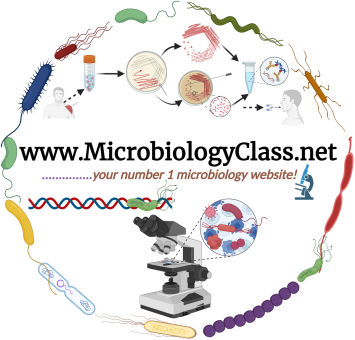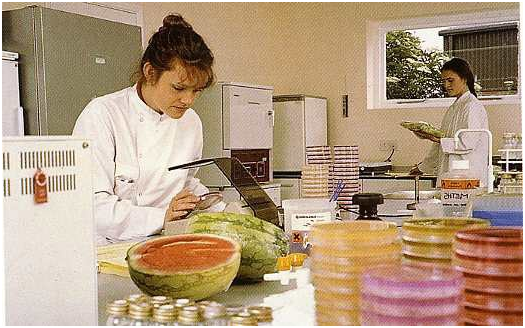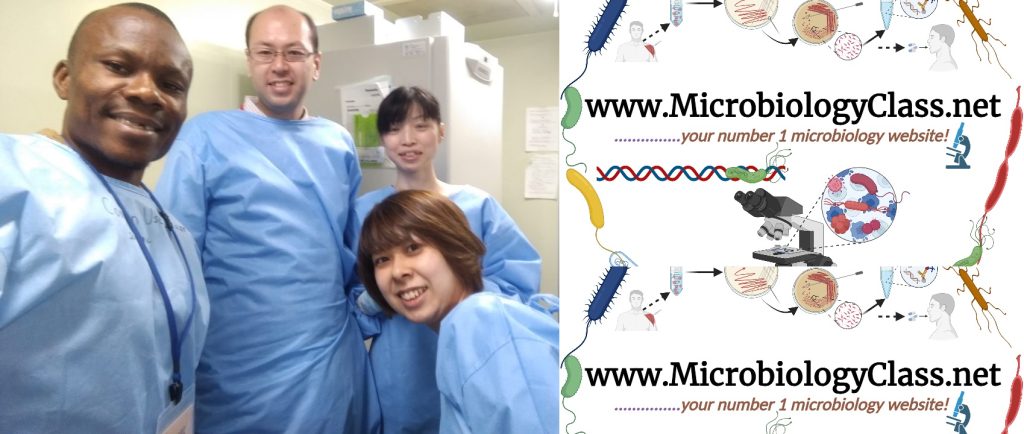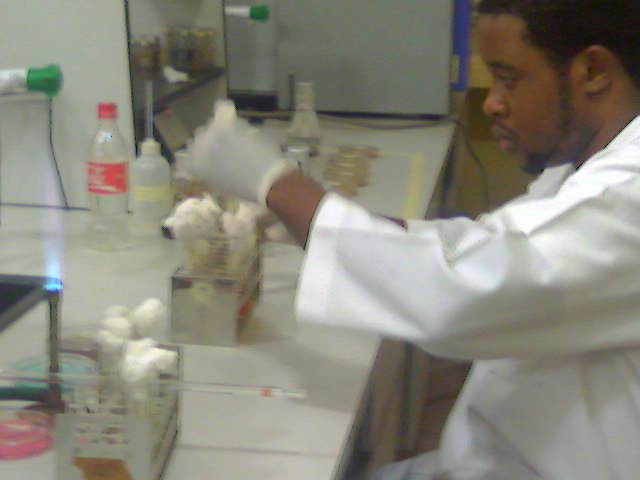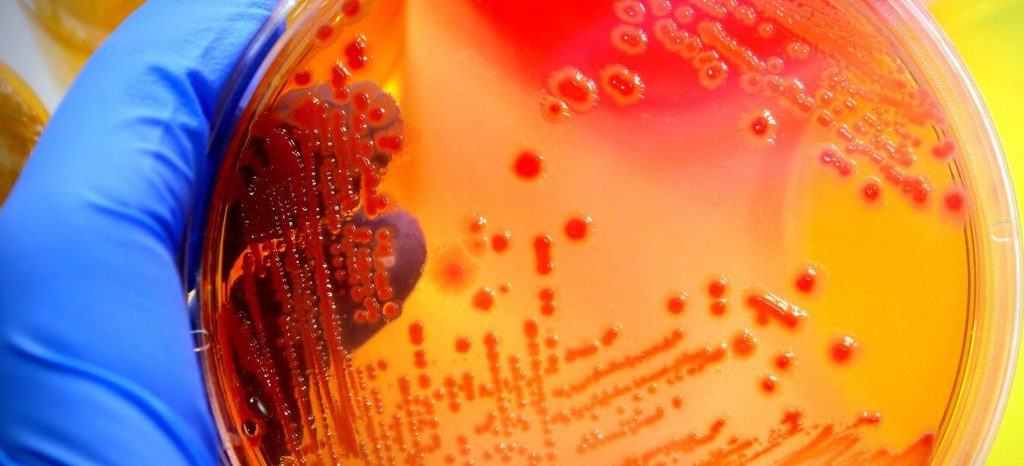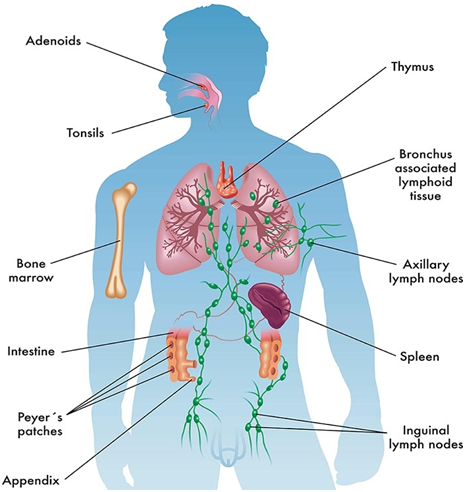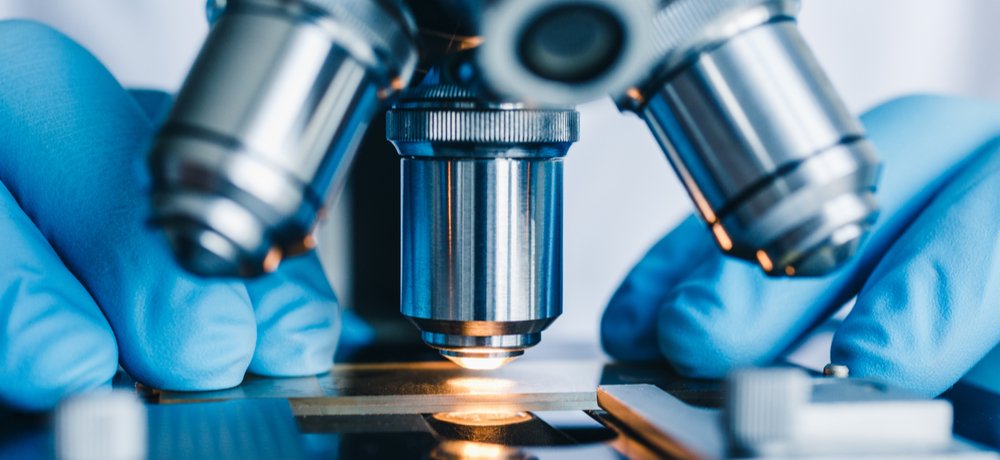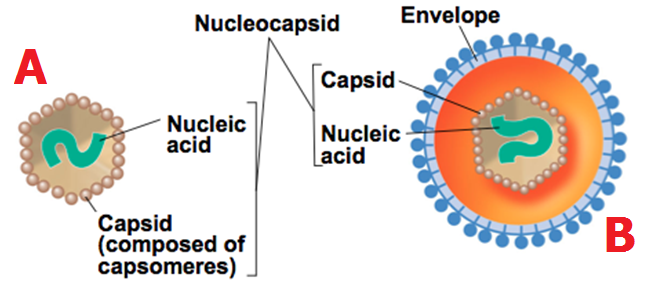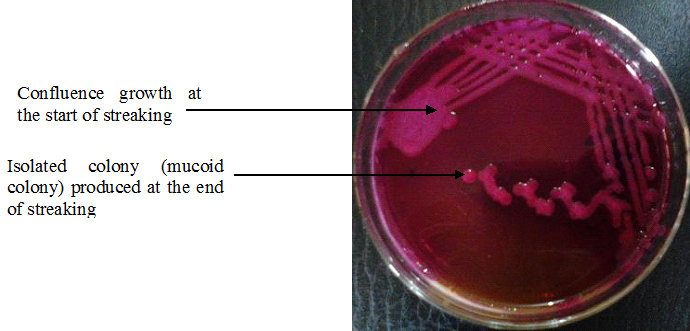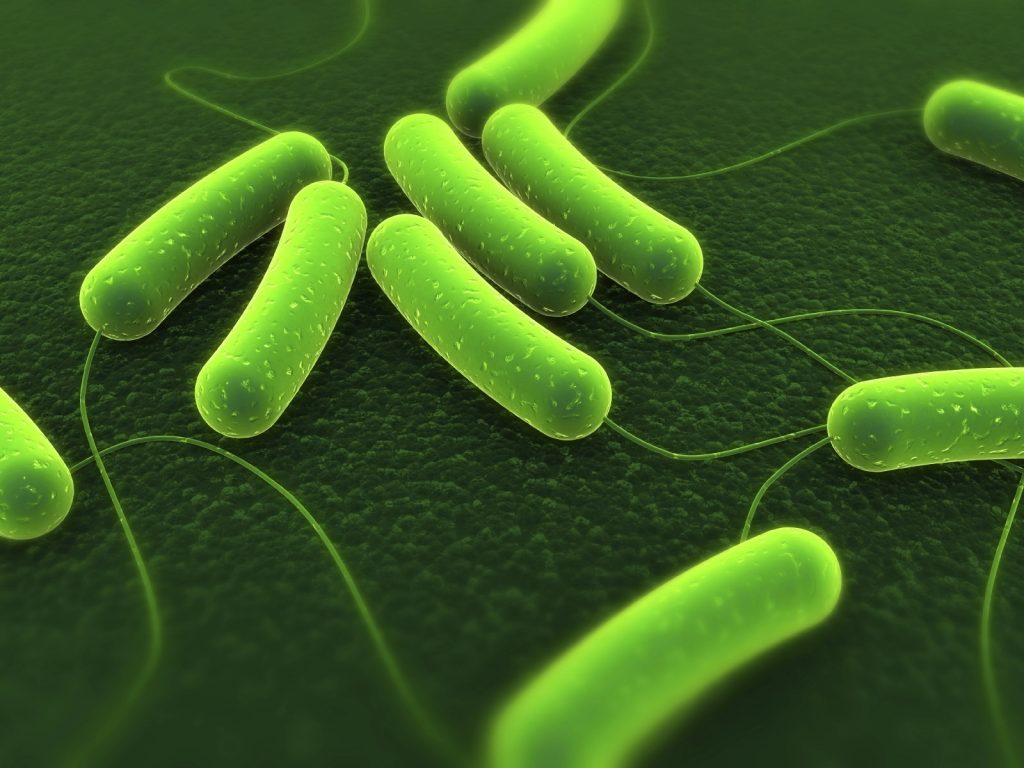Introduction to Food Microbiology
Food microbiology is the branch of microbiology that deals with methods for keeping microorganisms (especially food-borne pathogens and spoilage microbes) from growing in food during handling, processing and storage. In food microbiology, microbes that are of importance in food production are studied by food microbiologists; and those pathogens that cause food borne diseases and food […]
Introduction to Food Microbiology Read More »
Food Microbiology